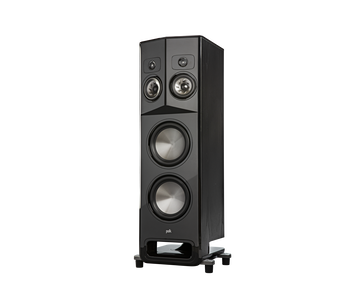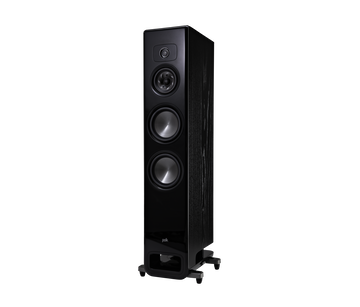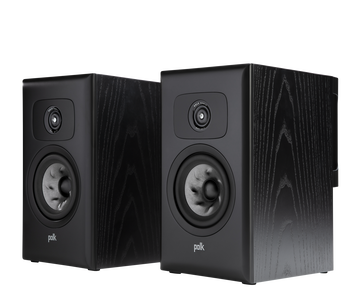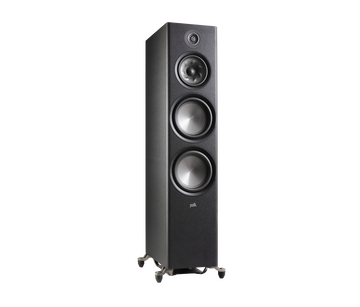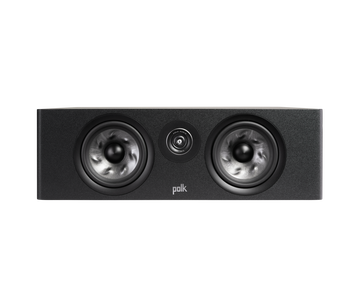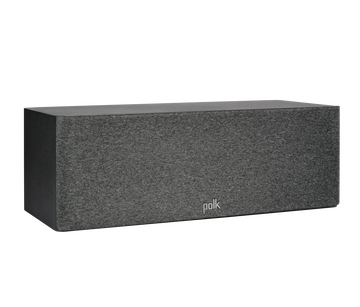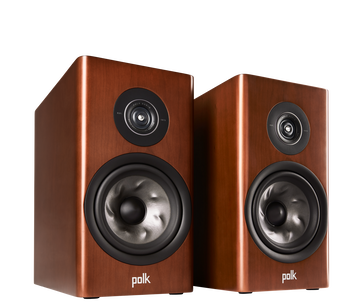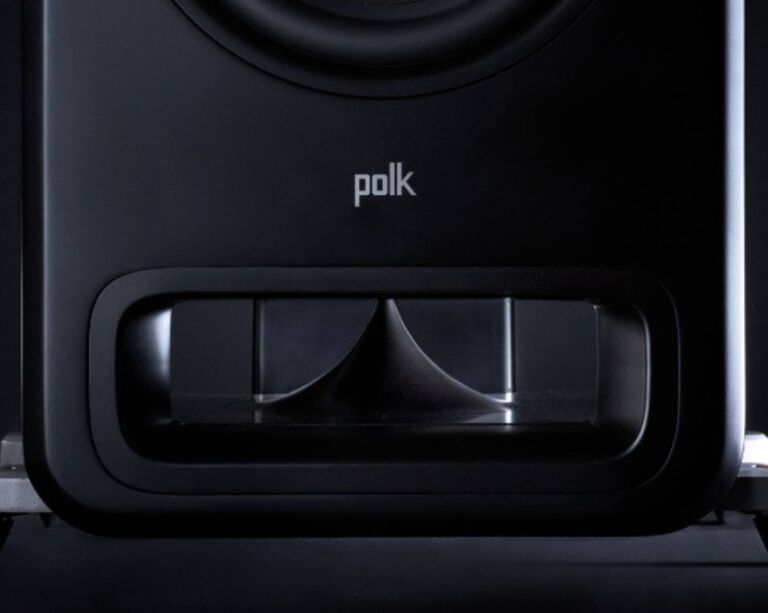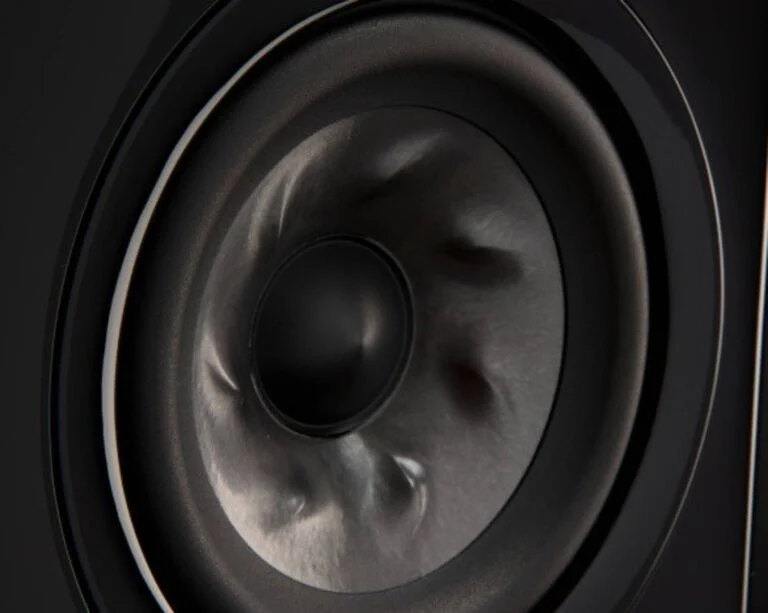Speaker Cabinet Acoustics: Taming Rogue Sound Waves
Article written by SARAH JONES
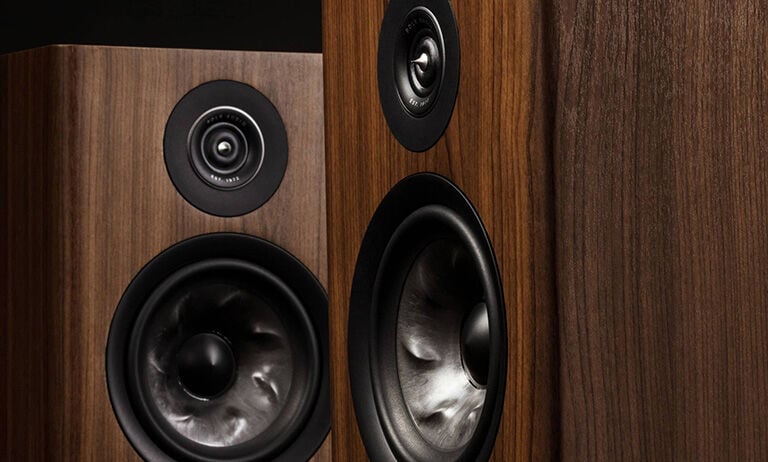
Some of Polk’s most profound sonic innovations are the ones you can’t see. Let’s take a common acoustic challenge with a sophisticated solution. Acoustic resonances can occur in any enclosed space, such as a room; a musical instrument, like an acoustic guitar; or a loudspeaker. And while resonance might make a guitar sound warm and inviting, cabinet resonance can color the sound of even the most well-designed speaker, introducing artifacts like uneven frequency response and time smearing.
How does cabinet resonance build? Simple physics: When a sound wave traveling in one direction interacts with a wave of the same frequency traveling in the opposite direction, they can combine, reinforcing each other and canceling each other out, creating amplitude peaks and dips and causing crisp transient sounds to lose definition. The bigger the speaker cabinet, the bigger the problem.
At Polk, we take many steps to reduce cabinet resonance, from incorporating low-resonance materials to designing rigid, strategically angled bracing—similar to the walls you’d see in a concert hall or professional recording studio—that breaks up sound paths so they can’t combine.
Our Column Resonance Control technology, available in the Reserve R700 floor-standing speaker, takes things even further, adding a precisely tuned absorber that cancels out lower midrange resonances, revealing a smooth, peak-free response with open, uncolored bass and mids. This way, even the most demanding music and soundtracks are reproduced faithfully and accurately.
Check out Column Resonance Control in action:
